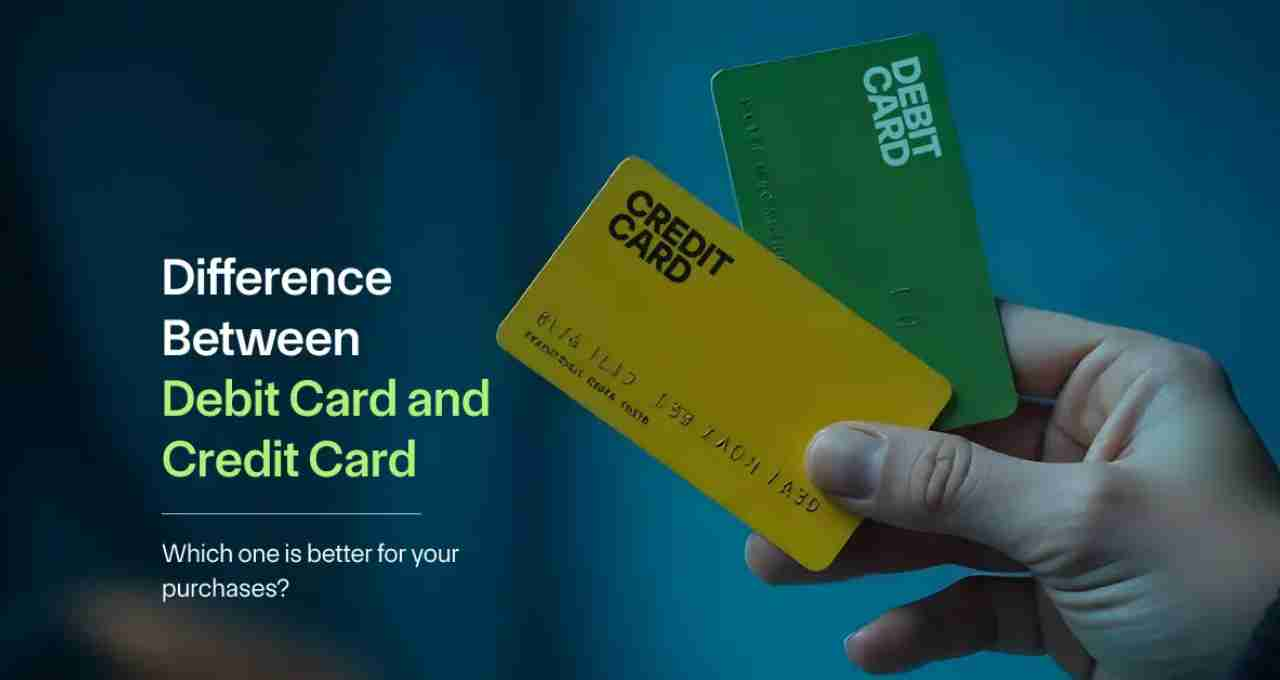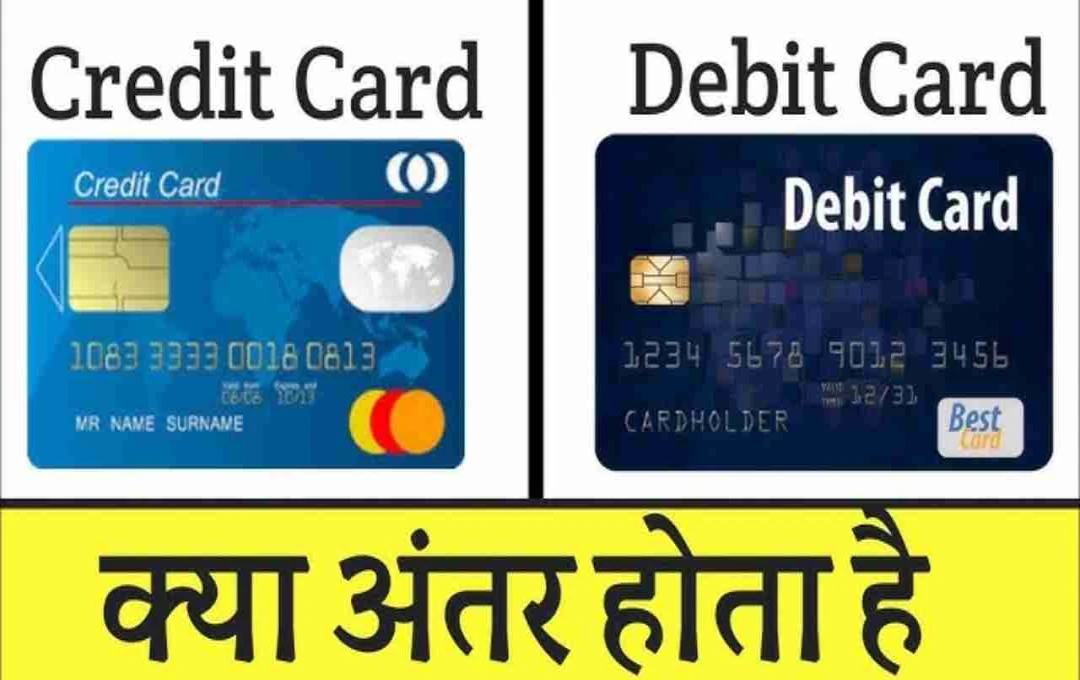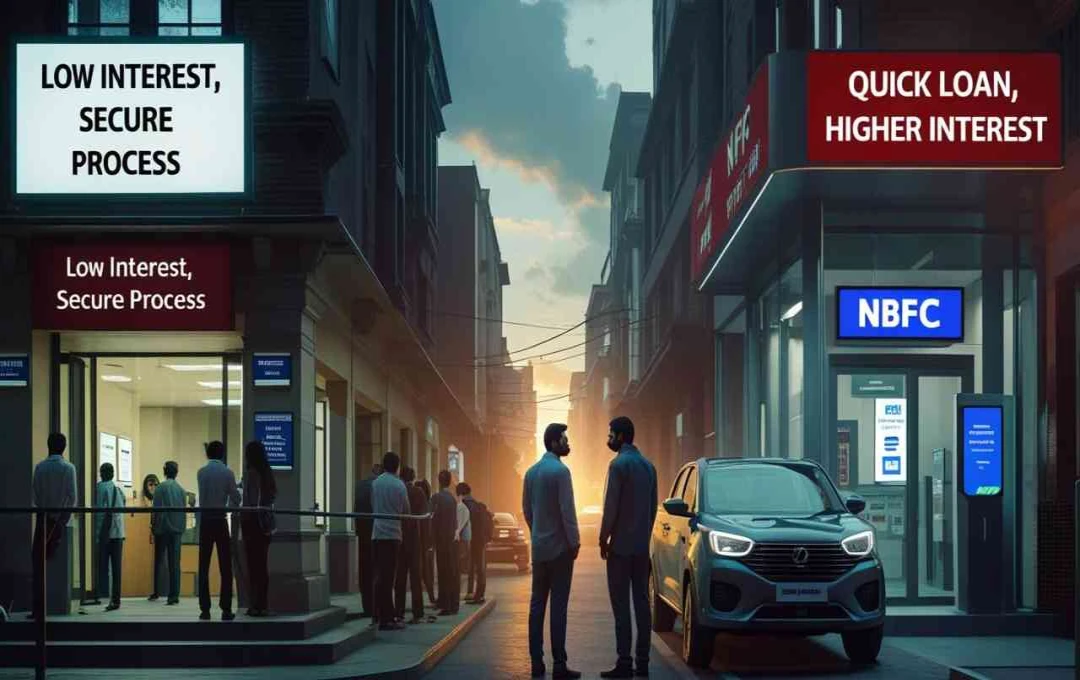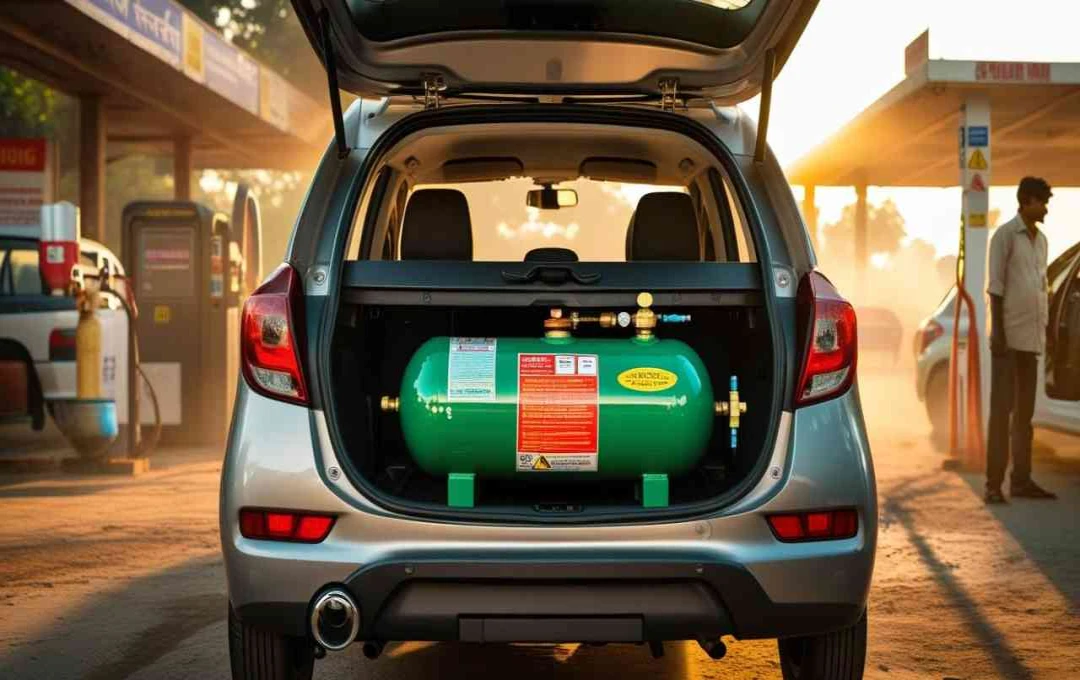Credit and debit cards are both incredibly useful in today's digital age, but there are some key differences between the two. Debit cards allow spending only up to the available balance in the account, while credit cards offer a borrowing facility. This article will detail the advantages, disadvantages, and differences between credit and debit cards.
Credit Cards: Spending on Credit
A credit card is a financial tool that operates on a 'buy now, pay later' system. It is issued by a bank or financial institution and allows borrowing up to a predetermined credit limit. The credit limit depends on the individual's credit score and profile.
When you make a purchase with a credit card, the bank pays the merchant, and you later repay that amount to the bank. If you pay within the stipulated billing cycle, no interest is charged. Most banks offer an interest-free period ranging from 20 to 50 days.
Key Advantages:
- Easy and convenient online/offline payments
- Discounts, cashback, and rewards
- Helps build credit score
- Immediate funds for emergency expenses
Key Disadvantages:
- Interest rates can be quite high (up to 36% annually)
- Possibility of overspending
- Annual fees, late fees, and other charges
- Missed payments negatively impact credit score

Debit Cards: Spending Your Own Money
A debit card is a payment instrument directly linked to your bank account. When you use it, the amount is immediately deducted from your account. It's a secure way to keep spending under control and avoid debt.
Debit cards can be used for in-store payments, online shopping, and ATM cash withdrawals. Obtaining one is easy—all you need is a savings or checking account.
Key Advantages:
- Spending control
- Funds readily available from your bank account
- PIN and chip security for secure transactions
- ATM cash withdrawal facility
Key Disadvantages:
- In case of fraud, money is deducted immediately, and refunds can take time
- Does not help build a credit score
- Limited rewards and cashback
- ATM fees or annual fees may apply in some cases
Key Differences: Credit vs. Debit Cards
| Description | Credit Card | Debit Card |
| Source of Funds | Borrowed amount from the bank | Directly from your bank account |
| Spending Limit | Up to a pre-set credit limit | Up to the available balance in the account |
| Payment Process | Payment is made later | Payment is deducted immediately from the account |
| Interest Rates | Interest is payable on outstanding amounts | No interest |
| Rewards and Benefits | Cashback, reward points, discounts, etc. | Limited rewards |
| Impact on Credit Score | Can have a positive or negative impact | No impact |
| Acquisition Process | Approval required based on credit profile | Approval required based on credit profile |
Both credit and debit cards have their own utility. If you can control your spending and make timely payments, credit cards can offer rewards and other benefits. Debit cards, on the other hand, help limit your spending and manage your budget. Balanced use of both is essential for better financial management.
Types of Credit Cards in India
- How to get a credit card for business
- Impact of credit cards on credit score
- How to insert an ATM card into an ATM
- How to activate a debit card
- ATM withdrawal limit















